
For modern enthusiasts and nostalgists, the popularity of postwar Chevrolet cars (and trucks) is so tied up with the SBC V-8 engine that it’s almost hard to believe that for many years, Chevrolet didn’t offer anything but the trusty Stovebolt Six. Even so, six-cylinder Chevrolets like the Satin Green ’49 pictured above managed to become the best-selling cars in the entire world. Let’s take a closer look at the million-selling 1949 Chevrolets.
1949 was actually Chevrolet’s second million-selling year — the first was 1941 — but the ’49s were Chevrolet’s first all-new design since the end of the war, even if they don’t look all that different to modern eyes:


The 1949 Chevrolet was not the car — or rather cars — that Chevrolet originally planned to build. In 1945–1946, beginning shortly after V-E Day, GM had been seriously contemplating moving the A-body models up a step in size, with the Chevrolet going to a 118-inch wheelbase rather than the former 116 inches. Chevrolet intended to balance this with a new compact “light car” called the Cadet, riding a 108-inch wheelbase. Developed by engineer Earle S. MacPherson, the Cadet incorporated many advanced features, including fully independent suspension by what we now call MacPherson struts.

By mid-1946, both plans were changing. New Chevrolet general manager Nicholas Dreystadt, previously general manager of Cadillac, sided with the faction who felt the existing Chevrolet was already getting too big, while complaining that the Cadet program was becoming too complex and costly to build. The enlarged A-body Chevrolet was abandoned, and the Cadet was finally canceled in May 1947.

As it finally emerged, the 1949 Chevrolet was a bit smaller than the ’48. You couldn’t really call it “downsized,” but it shrank an inch in wheelbase, to 115 inches, and about three-quarters of an inch in overall length, to 196.94 inches (an inch longer for wagons), although the ’49 was 1.4 inches wider than the ’48. Overall height was also reduced by about 2.5 inches, with no reduction in headroom.

As the overlay above shows, this was accomplished by shifting the powertrain forward about 4 inches, allowing the seats to be shifted forward a like amount. Moving the rear seat forward of the axle not only preserved headroom, but allowed the rear seat to be widened by about 9 inches. It did cost some rear legroom, but the new floorpan had sunken foot wells, and the seats were thinner than before, so total interior room was a bit better than in 1948. There was about 30 percent more glass area as well.


The 1949 Chevrolet car chassis got a new front suspension with tubular shock absorbers rather than lever-action dampers. With the lower center of gravity, handling was now probably the best in its class, and new “Center Point” steering linkage made the steering less susceptible to bump steer. Ride was also improved: As Chrysler had demonstrated with the Airflow 15 years earlier, shifting the center of gravity forward and bringing rear-seat passengers within the wheelbase rather than over the rear axle was a great boon to passenger comfort.

People still weren’t going to buy a Chevrolet for performance. The sole engine in the passenger car line was the 216.5 cu. in. (3,547 cc) Stovebolt Six, advertised at 90 gross horsepower. Unusually for this era, the very comprehensive Chevrolet specifications also included net ratings: 83 hp and 168 lb-ft of torque. The Stovebolt was a dependable lugger (net torque peak was at only 1,100 rpm!), but 83 net horsepower for 3,200+ pounds of Chevy meant only average performance. With the standard 4.11 axle, fuel economy was nothing special either, and top speed was limited to about 80 mph. You could have a 3.73 axle as a factory option in 1949, improving fuel economy and probably top speed at a further cost in acceleration. (Chevrolet didn’t yet offer factory overdrive, which would have been a desirable compromise.) However, a Ford V-8 was still the obvious choice for buyers concerned about performance.

Since 1942, Chevrolet had offered both fastbacks, called Fleetline, and notchback body styles, now called Styleline. (The Styleline series also included the convertible coupe and the station wagons, which were still offered in both steel and woody forms.) The previous-generation fastbacks had been very popular, so the new Fleetline series sold well at first: The best-selling 1949 Chevrolet model was the Styleline De Luxe four-door sedan, at 191,357 units, followed closely by the two-door Fleetline De Luxe, at 180,251 units. However, the fastback’s popularity dropped off quickly after 1949, especially the four-door models, which disappeared after 1951, a year earlier than the two-door.


Chevrolet’s principal edge over its low-priced rivals in this era was reliability and build quality. This may seem bitterly ironic if you’re more familiar with the division’s later products (certainly, the plasticky Chevrolets of the ’80s had nothing to brag about in these areas), but in the late ’40s and early ’50s, the “Body by Fisher” emblems on Chevrolet step plates still promised above-average solidity. Consumer Union (later publisher of Consumer Reports was very keen on the Chevrolet despite its mediocre mileage, while Tom McCahill said in the September 1950 Mechanix Illustrated, “For service and reliability, the Chevy will match any car made, and lately the old gal has gotten good looking as well.” (The 1949 Chevrolet did have some problems with sagging doors and leaking seams early in the run, but the issues were sorted during the model year, whereas quality control problems dogged the 1949 Ford throughout its extended model year.)

The other great commercial strength of the 1949 Chevrolet, and one that did continue into later eras, was Chevrolet’s much bigger dealer network. According to Automotive Industries, here’s how the low-priced four compared in total dealer outlets in 1949:
- Chevrolet: 7,190
- Ford: 6,662
- Plymouth: 9,965*
- Studebaker: 2,270
* Total of Chrysler, DeSoto, and Dodge franchises that also sold Plymouths
Plymouth theoretically had more total franchises, since it was then paired with DeSoto and Dodge as well as Chrysler, but that just meant that every dealer who sold Plymouths had more incentive to try to sell you something bigger and more expensive. Surprisingly, Chevrolet now had much better dealer coverage than Ford in sparsely populated rural areas, and was signing more dealerships: Between January 1948 and January 1950, Chevrolet added 294 U.S. franchises, while Ford added only 42.

Motorsport fans will be familiar with the concept of winning a championship on points rather than outright victories, and that was essentially what Chevrolet did in 1949. A 1949 Chevrolet wasn’t the fastest, the thriftiest, the roomiest, or the plushest car in its league, and I’d call its styling “pleasant” rather than striking, but its balance of attributes made it a solid value, and its strong dealer network make a new Chevrolet easy to buy and easy to service. This paid off: Standard Catalog of American Cars 1946–1975 puts total 1949 Chevrolet production at 1,037,600 cars for the model year.


It’s impossible to overstate what a commanding figure that was in 1949. Chevrolet calendar-year production came very close to matching the combined passenger car output of every other industrialized country in the entire world that year: Chevrolet 1,109,958, the rest of the world 1,016,047. The division would built 1,520,577 cars in calendar 1950 (1,371,535 for the model year) and 1,118,096 in 1951 (1,250,803 for the model year), all of them very similar to the ’49 model.

The still-familiar Chevrolet advertising jingle “See the U.S.A. in Your Chevrolet” (written by Leo Corday and Leon Carr) is most commonly associated with Dinah Shore, but it actually debuted in 1949 on the short-lived CBS variety show Inside U.S.A. With Chevrolet, sung by Peter Lind Hayes and Mary Healy. By then, Chevrolet had indeed seized the U.S.A. — and for a time, the world.
Related Reading
Curbside Classic: 1941 Chevrolet Special Deluxe – Maroon’d In Time (by Jon Stephenson)
The Radically Advanced But Aborted 1947 Chevy Cadet: GM’s First Deadly Sin? (by Paul N)
Cohort Classic: 1949 Chevrolet Fleetline Special Two Door Sedan – Your Choice Of Fastback or Notchback (by Paul N)
Curbside Classic: 1952 Chevrolet Styleline DeLuxe 4-Door Sedan – The Sun Sets On GM’s New Post-War Design (by Paul N)
Cohort Classic: 1949 Plymouth Special DeLuxe Club Coupe – It’s Pretty Special To Me (by Paul N)
Car Show Classic: 1949 Plymouth Special Deluxe – We Don’t Build Excitement (by Tatra87)



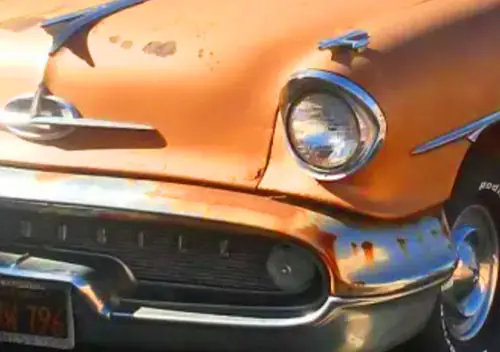
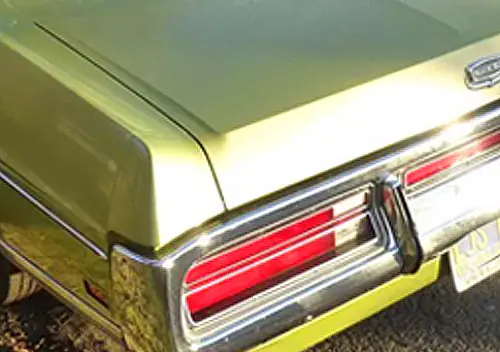
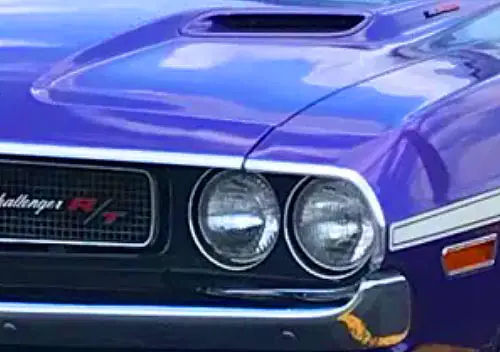

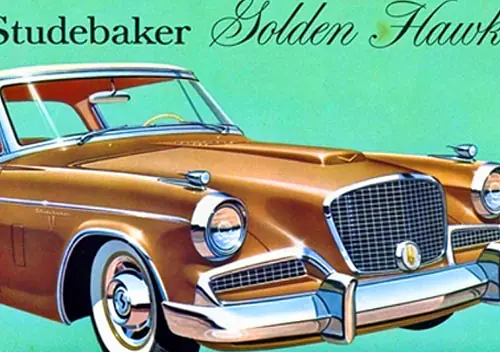
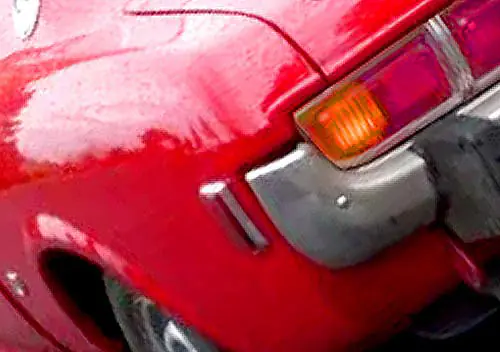
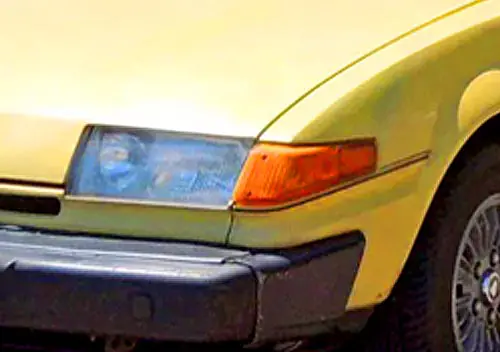
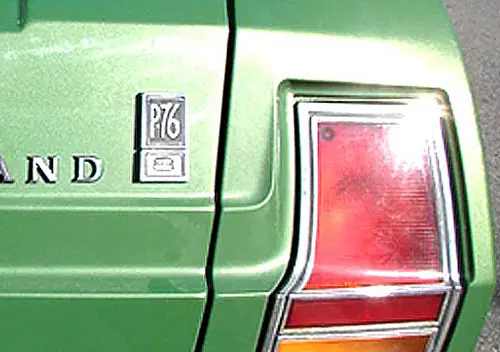
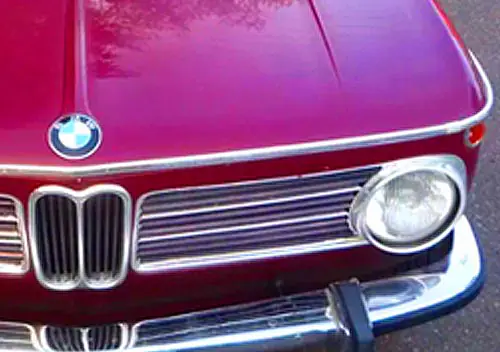
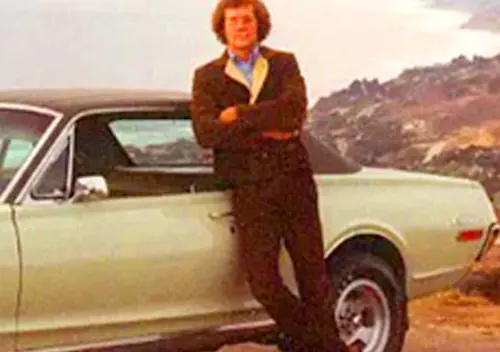
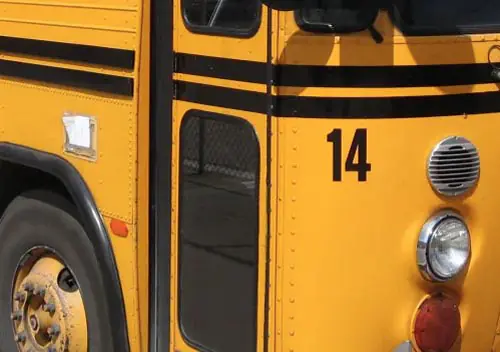
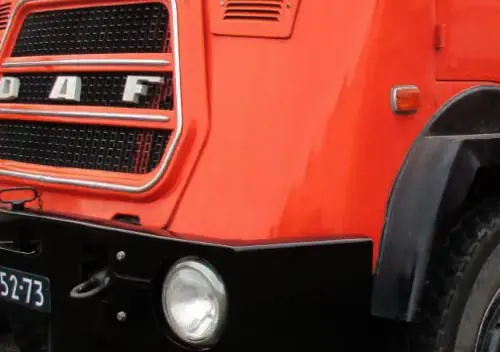
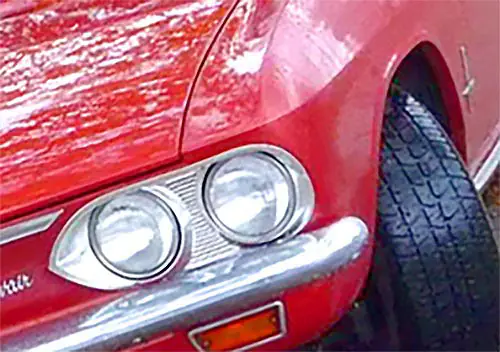
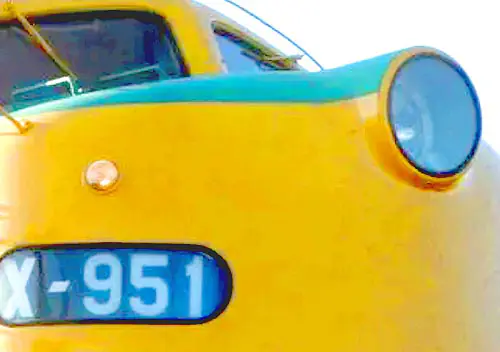
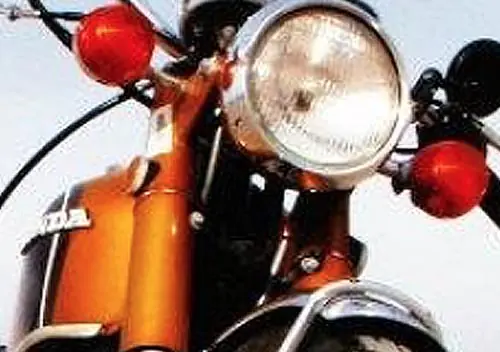
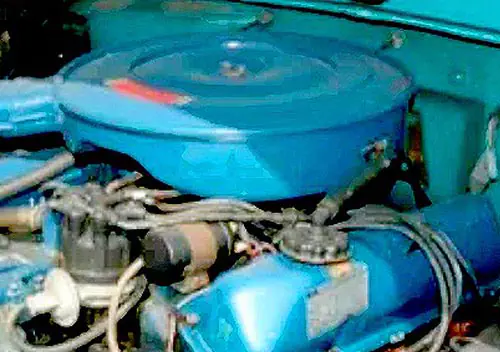
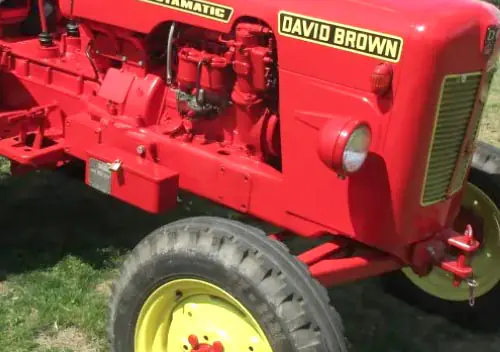


They did rust, and the clutch lasted about 20,000 miles (per my father, who brought me home from the hospital in a similar green 51 two door fastback.
Still, they hadn’t mastered the are of making every single part with a designed “service life” like all companies do now.
I always marvel at the weights.
Cast iron drivetrain and a body you can walk on, yet lighter than the new Equinox
In my opinion the 2 door fastback is one of the most gorgeous automobiles ever.
Agree.
Franchise counts as of 2024
Chevrolet – 2,885
Ford – 2,851
Stellantis – 2,463
Toyota – 1,275
Honda – 1,073
Hyundai – 851
The number of Big Three dealers fell in the same proportion from the ’50s. Also, each of the big three lost several brands (Olds, Plymouth, Mercury) as time progress. However, the reduction was back filled with Asian brands as the years progressed.
Remarkable how the Asian brands sell the same number of vehicles (or more) in the US from dealership bases half the size as Chevrolet or Ford
I drove the 1953 Chevy with manual shift. I much preferred the 1953 Plymouth with manual shift for ease of operation. Shifting the Chevy was a “Did I make it into the next gear?” kind of experience. But then, Powerglide resolved the problem. Handsome automobiles, even till today.
From certain camera angles this 4 door fastback Chevy rather resembles the same generation Rolls-Royce.
The rear section from the cowl to the back on the`51 and `52s kinda resembles the `54 Bentley Continental coupe.
If only it was easy to combine the superior Ford V8 engine and overdrive transmission in this admittedly better built, higher quality and rattle free Chevy!
Every kid on my block could tell a Chevrolet by its sound. The distinctive whine of its drivetrain as it pulled away from a stop sign announced that it was a Chevy.
Even today I can still hear the sounds made by a 6 cylinder Powerglide Chevy climbing Oklahoma hills at almost full throttle in low gear.
My Grandfather’s “Air Force Blue” 1949 2 door fastback had the pictured radio with the ivory colored, vertical square push buttons. I was obsessed with these buttons and the “ka-chunk” sound they made when pushed. I was banished to the back seat because Gramps said that I was “wearing them out” by pushing on them so much.
Childhood memories
Thanks! My grandfather’s Chevrolet was a 1949 as I recall, probably a Fleetline. I can still remember the cloth seats and the transmission whine in reverse.
Very pretty color, that green. I think Mrs DougD’s Grandfather bought a 1949 fastback when he immigrated to Canada, and he was thereafter a GM guy for life.
Not having driven either, was the 90hp Chevy that slow compared to the 100hp V8 Ford?
Quoting my Father and Grandfather: Putt-putting around town there was not all that much difference.
But if you “got in a hurry” The V8 Ford was quite a bit quicker.
Also: A V8 Ford with the overdrive transmission could sustain long, high speed cruising speeds (past 60 mph) that would fry the bottom end of the inadequately “splash system” lubricated Chevy 6 cylinder engine.
My Grandfather, a small lifelong small town resident who seldom went past 40 mph, was a “Chevy Man” for almost all of his life.
I had a used ’54 Chevy in college and froze the rear OHV shaft (it was split into two) for lack of oil. The splash lubrication included a hole through the block extending from the oil pan up into the valve lifters and springs. Apparently, it was common that the hole would get plugged or maybe it was just inadequate from the start.
I ordered an oil tube from JC Whitney that fit into existing orifices (as if the factory engineers knew it would be needed) one in the oil pan, the other in the top of the valve cover. The tube fit neatly on the outside of the block and did a great job of lubricating the valves and lifters…at least for the rest of its tenure with me.
The horsepower and torque figures are interesting. We are used to the idea of overhead valves = better breathing = power and torque at higher rpms, but this engine would suggest otherwise. Of course, a good low rpm lugger was what the public wanted then.
I have become fascinated by which cars did or did not offer OD during that device’s heyday. Fords and Studebakers had a really high take-rate on that option, and it is interesting that it was absent on Chevy and (I believe) Plymouth.
I have always considered these to be among the most beautifully styled cars ever built. I have always been partial to the trim and details of the 1952 model, but I could happily live with any of them, whether the line is Style or Fleet.
Agree, JPC.
I also wondered why Chevy did without overdrive until 1955 when Ford & Studie had it for so many years?
Mark ;
No overdrive option was because Chevy retained the “torque tube” enclosed drive shaft .
Ruckstell did in fact make over drive units specifically for Chevrolets but they were marketed to light duty Chevrolet trucks .
-Nate
Nash and Ramblers used torque tubes and had overdrive. There’s nothing inherently about a torque tube to prevent an overdrive.
We are used to the idea of overhead valves = better breathing = power and torque at higher rpms, but this engine would suggest otherwise.
It all depends on how a specific engine is “tuned” and the size of the valves and ports and such. These had tiny carbs and extremely mild cams. The ’53-’55 Corvette 235 six had 3 carbs, a warmer cam and a split exhaust header and was rated at 150 hp.
Contrary to common myth, the Chevy six was quite popular with hot rodders, and with the right carbs, cam and exhaust could make quite a bit of power.
Thanks for another great article which balances facts and figures (number of dealers, units sold over time per bodystyle) with a thoughtful perspective on style and engineering. These cars were very common on the roads when I was young, but already seemed old and dated, even more so than the similar vintage shoebox-style Fords and Dodge/Plymouth, especially the Fastback Chevy. Of course with 60 years of hindsight, the style is very appealing although a lot of that may just be nostalgia.
I’ll take it ! =8-) .
The 215 ‘Babbit Pounder’ engine will soon have a cracked exhaust manifold if those end bolts are not removed and replaced by proper locating pins .
When this car was new there were plenty of go faster options, notably multiple carbys.
-Nate
The 1949 redesign was much more subtle than that at Ford, but a closer look (as done here) shows they got just as much of an overhaul in everything but styling – and even the styling was heavily altered it you look more closely. The ’49 is considerably sleeker than previously, and the similar overall dimensions (except height) hide how extensively the proportions were reconfigured. The absence of the front pontoon fenders, lower hoodline, and curved (though still split) windshield also add to the sleekness of the new design. It’s hard to pinpoint exactly why, but the redesigned postwar GM cars in ’48/49 just look right, and GM cars for me seemed to define what a typical American car looked like from the late ’40s to the ’70s.
Yes, these were totally new cars. Harley Earl had planned for more radical pontoon redesigns for the ’48 C Body cars, but got cold feet and went with a much more conservative and evolutionary approach. And the ’49 A-Bodies used that same styling. Good call, as they were much more palatable to buyers and held up much better. Ford moved away from the full slab side look when they redesigned their new ’52s. A full-pontoon shoebox look tends not to age well; there’s not enough visual stimulation to hold the eye. Looks very sleek and modern at first, but gets old faster.
Nobody bought a Chevrolet for speed. In fact, at this point speed wasn’t a huge factor in car sales. Speed limits were low at 45 MPH meaning short gearing wasn’t much of a problem. Things changed by 1955. Roads were improving and speed limits went up with them.
In the early 50’s, one of our local roads was upgraded from a meandering two lane blacktop to a more modern highway. My uncle found that the modernization greatly reduced the travel time between his home and ours. He proudly remarked that his new Chevy was “able to hold 40 miles an hour all the way.” We were all properly impressed.
The inside diagram is useful. It shows how trunks shifted from mainly vertical to mainly horizontal with about the same cubic feet. Horizontal was easier for luggage, less stacking; but vertical held taller items.
The rest of the world is impressive. Ford held the same record before 1920, then lost it when GM started climbing the Sloan ladder.
The shift in trunk layout was one of the things that eventually killed the fastbacks. The Fleetline’s sloping tail really limited trunk space, and the spare tire took a lot of what there was.
My parents had a 1950 fastback 2 door. It is the earliest family car that I remember. It was purchased used to replace a 1948 Pontiac that they had bought new. It was a disappointment, but I don’t know why in particular. I just remember the general comments. I think expectations were high because they had bought it new. A used 53 Ford replaced the Chevy. I can remember it well. It suffered a cracked piston, which did not make it popular. These were all Canadian cars.
A significant but more often than not, looked over fact concerning the 1949 Chevrolet, is the ‘49 Chevrolet was the first C.K.D. assembled Chevrolet in Australia by General Motors Holden (GMH).
GMH assembled 1949 Chevrolet 4 door sedans, in right hand drive form, from imported Body By Fisher C.K.D. Packs which were shipped to Australia from the former GM Tarrytown plant in New York State, USA.
GMH continued to do this under early 1970. From 1949 until 1970 Chevrolet & Pontiac were sold in Australia as high end luxury cars selling for 3 more money than a working class Holden.
Great article.
Informative and very readable article with great photographs.
The 1949-52 Chevys were still common in the Pittsburgh area as I became car aware in the late 50s and remained so into the early 60s.
My paternal grandfather had a black 1951 4-door sedan, most likely a base model, not the Deluxe. He was the only one of my 4 grandparents who learned how to drive.
Imagine my surprise when in the fall of 1963, I was walking home from school for lunch when he stopped to pick me up in his replacement car, a ’64 Rambler American 440 2-door hardtop!
Another great article, Dr Severson.
It’s car which shows, yet again, that restraint sells. By this I mean that they’re perhaps not super-glamorous – though I love ’em, fastback in particular – but the great unwashed want this sort of thing, plainness, reliability, quality-for-price. They want Camrys: it’s only silly car enthusiasts like us here, or those same folk in the press, who disdain any implied ordinariness. At a guess, roughly 99+% of folk rightly consider cars as just a way to get around. They’re dead right.
(Btw, ‘seize the USA’ hasn’t happened yet, though it’s an admittedly short drive to Monday, in your Chevrolet or anything else. Just sayin’).